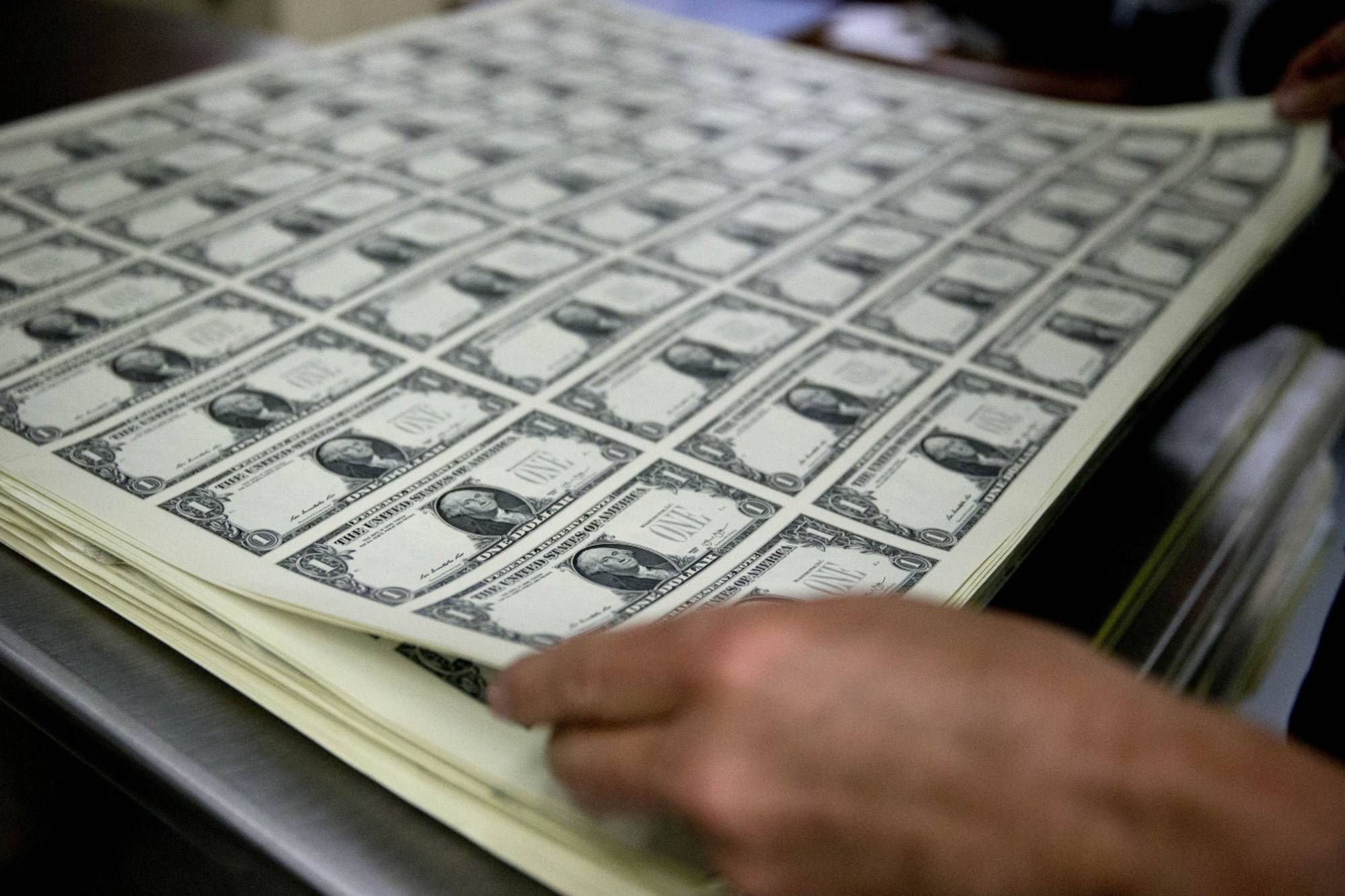The great quantitative easing experiment was a mistake. It's time central banks acknowledge it for the failure it was and retire it from their policy arsenal as soon as they’re able.
Since the global financial crisis of 2008, an integral part of central banks' play book in the U.S., the U.K. and the European Union has been QE — the practice of buying up long-term bonds and mortgage-backed securities. QE is supposed to work by lowering long-term interest rates, which boosts demand and increases lending and risk-taking.
There is little to show in terms of the economic benefits of QE, but there are plenty of costs. Now central banks find their hands tied as they try to curb inflation with interest rate increases and quantitative tightening, which means no more purchases of long-term bonds and mortgage-backed securities. But they're finding that ending QE can itself be a threat to financial stability.



